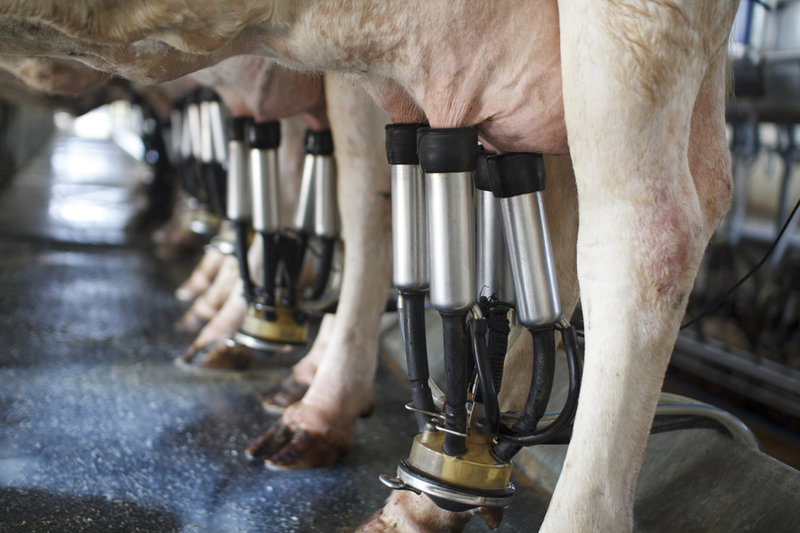interview
Arjan Bom
marketing manager at Qlip

The quality of all dairy products depends on the quality of its base ingredient: milk. To determine the quality of the milk, dairy processors measure fat content, protein content and dry matter. So the instrument to test milk quality is an important tool to a dairy processor. But how do they know if their measurement instrument is telling the truth?
Arjan Bom, marketing manager at Qlip, tells us about their first steps in developing a remote calibration support system based on Internet of Things technology.
‘When asked, all quality control managers agree that the calibration of their measurement instruments is paramount to manage the milk quality at a dairy factory. A wrongly managed measurement instrument cannot be trusted. However, in practice the procedures on how to handle reference samples and perform the measurements is hardly standardised within a factory,’ says Bom.

‘Measuring milk quality and composition is an exact thing. You can only rely on your values when you handle your reference sample correctly and when you manage your measurement instruments well.’
As a result, Qlip proposed a project which would become the basis for Use Case 2.4 Remote Milk Quality. The idea, now transformed into a working prototype, is as follows. ‘We made an online tool, in which the daily operation is compared to the management plan. Together with the quality control manager, we develop a specified test plan per instrument and per dairy product. According to this plan, the tool asks you at certain time intervals to use your measurement instrument on our standardised reference sample. If your instrument measures, for example, a much higher fat concentration than we know our reference sample to have, your instrument needs to be checked.’
How so?
The tool has some important advantages compared to the current reality of paper forms and diverse excel files. With the support of the new tool, quality control managers know for a fact how well the management plan is followed and how their instruments perform. The results are logged, as are maintenance and calibration activities. Yet, the tool doesn’t use Internet of Things technology to its full potential. ‘With the help of work package 3, we explored the possibilities to incorporate sensors in a valuable way. In fact, the handling of the reference sample is key to produce a reliable test result. The sample’s temperature needs to be just right and it needs to have had the right movement for a homogenous mixture of fat, protein and fluid. We are now talking to sensor producers about what sensors we can use to monitor temperature and motion of the reference sample. The next step is to determine where these sensors should be placed.’
Bom sees a myriad of possibilities once Qlip gets this right.
‘Right now, our business lies mainly with the dairy processors. The products and services we develop within this Use Case, support dairy processors in optimizing their production. With our help, they can manage their testing procedures and produce reliable test results. In the future our method can be of value earlier in the dairy chain too, to support quality control at farm level. Or maybe even at the level of individual cows.’
Partners in this use case:
Author: Renske Solkesz, Schuttelaar & Partners
use case
Remote Milk Quality


